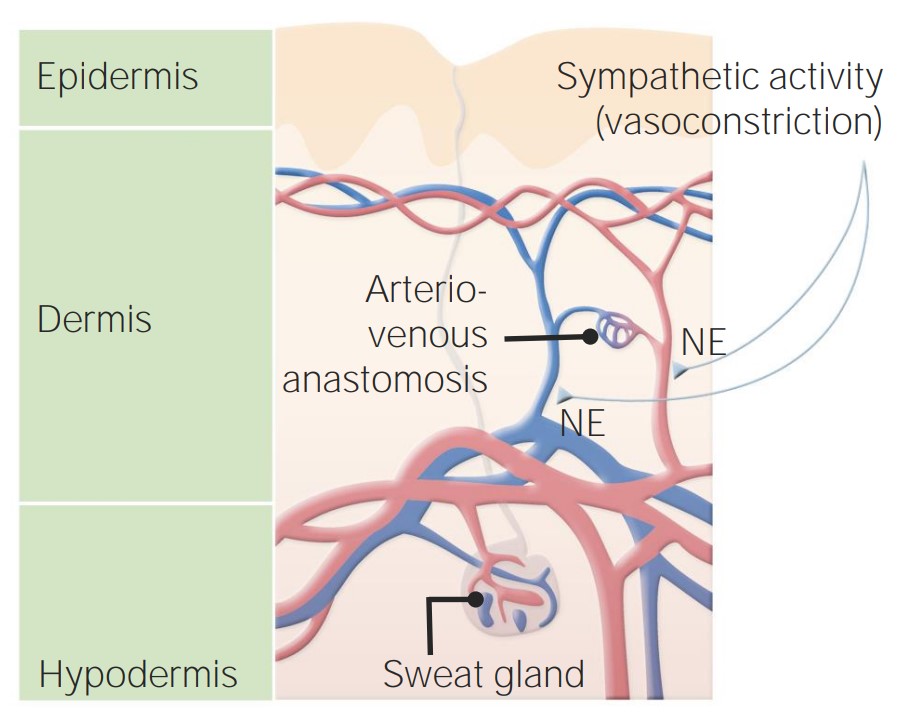Playlist
Show Playlist
Hide Playlist
Distribution of Blood Flow – Special Circulations
-
Slides SpecialCirculations VascularPhysiology.pdf
-
Download Lecture Overview
00:00 Special Circulations. We're going to go through the cerebral circulation, the coronary circulation and the cutaneous or skin circulation. The distribution of cardiac output is spread out through all the different vascular beds in the body. This is an important process to always keep in mind when you think of both blood flow and cardiac output. So if we divide out the cardiac output into 100%, in resting conditions many of the vasculatures get more blood than others. Vascular bed such as the kidney gets 20%, skeletal muscle gets 20%, something like the splanchnic vasculature gets 25%, the brain might get 15%. So you can see that the majority of the blood flow is probably controlled by these four tissues. During maximal effort or the maximal amount of vasodilation possible for a vascular bed, there are different amounts of blood flow that could go at any time. So we take something like the brain. It has fairly high blood flow at rest but can still increase blood flow when it is metabolically active. Something like the heart has a lower blood flow not per unit tissue but as a whole because the heart is so small. The liver, splanchnic systems, intestines, they both have high blood flows at rest and can increase blood flow after a meal. If we take skeletal muscle, hopefully you see that as almost like an outlier here, muscle blood flow is fairly low at rest but can increase in nearly 20 liters per minute during maximal vasodilation. So that is a vascular bed that is very active in terms of being able to call for more blood when it needs it. A good example is during exercise. 02:06 Skin also has the ability to increase blood flow, although it starts off very very small. Skin blood flow can increase to maybe around 5 liters per minute but this is usually during a thermoregulatory or temperature challenge. So as you always go through cardiac output, you'll get a number that you might, something like 5 or 6 liters per minute but you have to think about, "Okay, how are you dividing that 5 or 6 liters, where is it going?" So notice that a lot of the vascular beds have a certain blood flow at rest and then can increase during their maximal amount of flow. Whenever though you have a cardiac output, always want to make sure you think about where that cardiac output is going. So let's say you have a resting cardiac output of 5 liters per minute, think which direction is that blood flow going and there will be certain conditions where they will be more likely to go in one direction versus another.
About the Lecture
The lecture Distribution of Blood Flow – Special Circulations by Thad Wilson, PhD is from the course Vascular Physiology.
Included Quiz Questions
Which of the following organs receive the highest amount of blood flow at rest?
- Liver
- Kidneys
- Brain
- Heart
- Skin
Which of the following organs allow for the most blood flow during maximal vasodilation?
- Skeletal muscle
- Liver
- Kidney
- Brain
- Heart
Customer reviews
5,0 of 5 stars
| 5 Stars |
|
1 |
| 4 Stars |
|
0 |
| 3 Stars |
|
0 |
| 2 Stars |
|
0 |
| 1 Star |
|
0 |
it was very nice,love it, I am just ranking cause noone ever did, and really like Thad Wilson explains so good.




